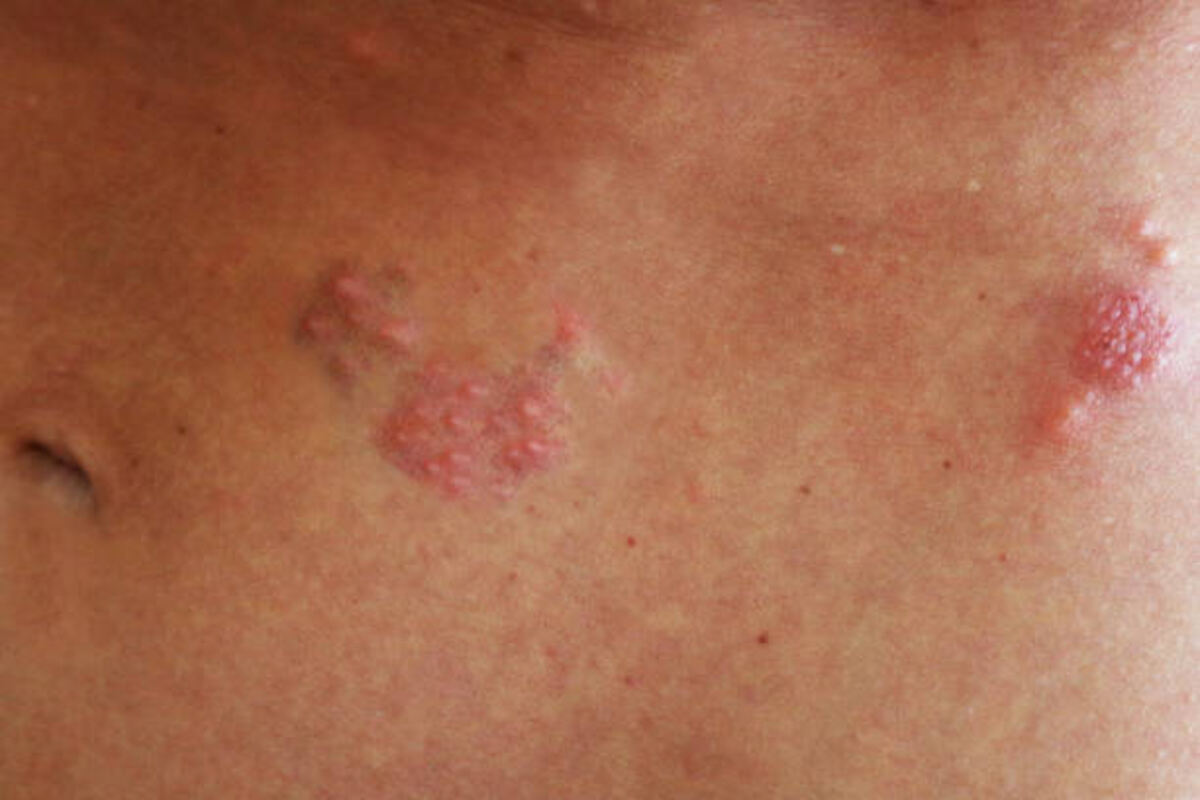A shingles rash may be painful and a bit uncomfortable. It may also cause numbness and tingling sensations. It can also lead to severe itching and burning. Some people may also experience fever and chills. Other symptoms of shingles may include a headache and stomach pain.
Symptoms
The most common symptom of shingles is pain, which can be excruciating and intermittent. The rash is also painful, usually on one side of the body. Fever and chills may also accompany it. Some people also experience stomach pain or headache. Other symptoms include numbness and burning. For more information about shingles, consult your healthcare provider. In some cases, shingles can also be caused by other conditions, such as an infection.
A healthcare provider can diagnose shingles by observing the rash and symptoms. Early diagnosis can reduce the severity of symptoms and prevent complications. There is no cure for shingles, but treatment can relieve the symptoms and help the condition clear up. Some people may need to take antiviral medication if the symptoms are severe and persist. This medication can help reduce the rash’s severity and pain. Some people can also use over-the-counter pain relievers to reduce the symptoms.
Most people recover from shingles in two to three weeks. However, some people develop postherpetic neuralgia (PHN), a persistent, severe pain that persists for weeks or months after the initial rash has healed. In some cases, the pain is so severe that it can limit daily activities, such as working or playing sports.
Treatment
There are several options for the treatment of shingles rash. First, you can try using antiviral medications to reduce pain and speed up healing. You can also apply calamine lotion to the affected area to soothe the itching. Taking antihistamines may also relieve you of the itching. In addition, you can also use a painkiller such as paracetamol. However, remember that paracetamol is unsuitable for pregnant women and people with kidney problems.
The first step in the treatment of shingles is to seek medical care. Antiviral medications are very effective at treating pain and inflammation. In most cases, antiviral medications can heal the affected area within seven to ten days. The rash will then become dry and crusted over. The pain will subside within a couple of weeks, but some people can still experience some pain even after the rash has healed. This condition is called postherpetic neuralgia, which can persist for months or even years.
Treating shingles rash is essential to avoid long-term pain and disability. The initial phase of treatment will focus on your symptoms and general health. If the blisters appear in the eye or near the eye, they can cause lasting damage. In severe cases, you may even lose sight or experience hearing loss. If the rash does not disappear in a few days, you should visit a doctor immediately.
Complications
Several complications can occur from shingles. Among these is postherpetic neuralgia (PHN). This condition causes intense pain, especially in the area where the blisters are. Symptoms can also include sensitivity to cold and heat. Fortunately, postherpetic neuralgia usually resolves with treatment. Other complications can include scarring and hyperpigmentation.
If left untreated, the rash can spread to the brain and spinal cord, leading to severe complications. Therefore, it is essential to visit a healthcare provider as soon as possible for diagnosis and treatment. Antiviral drugs can help shorten the course of infection and reduce the risk of complications. In addition, medications are available for treating shingles, including oral and topical creams and surgery.
The rash will last anywhere from one to fourteen days. Initially, shingles will appear as a stripe of painful blisters on the face or torso. In severe cases, the infection may also affect the eye. When shingles occur near an eye, they can cause permanent damage to the eye. In addition, the pain caused by the rash can be severe and debilitating.
Prevention
Although there is no cure for shingles, treatment can speed up recovery and prevent complications. For example, your doctor can prescribe antiviral medications to help alleviate symptoms and shorten the duration of your infection. Also, getting vaccinated can help prevent shingles and their complications. For example, the chickenpox vaccine, also known as varicella immunization, protects 9 out of 10 people from contracting the disease.
Prevention of shingles starts with knowing what to look for in a rash. Symptoms of shingles can appear anywhere from one to 14 days after the initial infection. The rash is characterized by itching and burning sensations and usually appears on one side of the body. It can affect the face, neck, and torso.
If you have had chickenpox as a child, you are at a higher risk of contracting shingles. This is because the chickenpox virus remains in your system for years and can reactivate years later as shingles. Therefore, it’s essential to wash your hands frequently to prevent the spreading of the virus.

